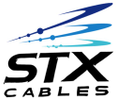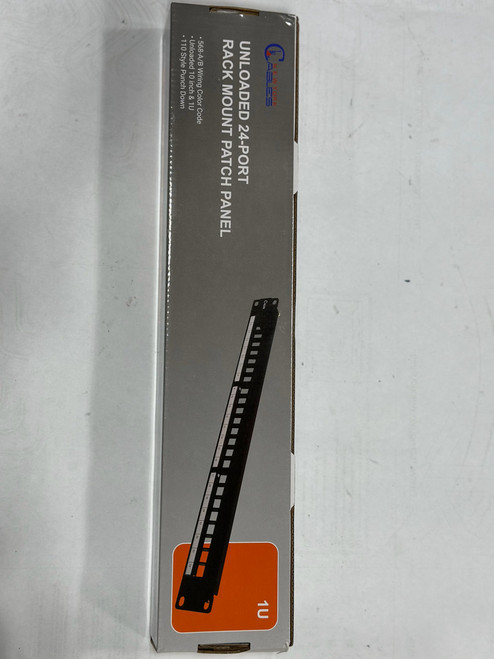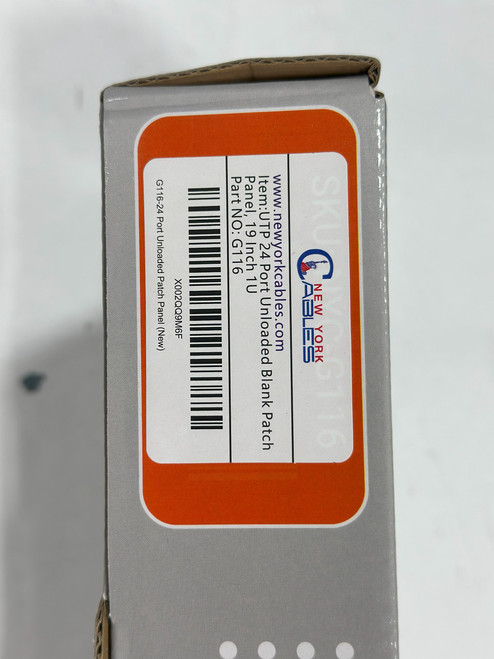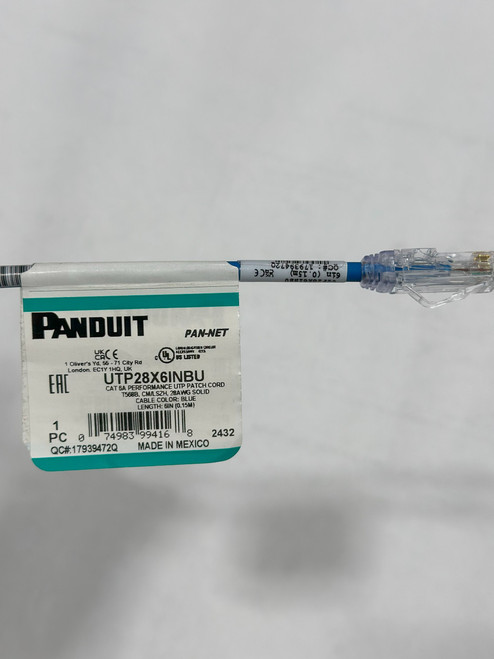Product Description
Cat5e Patch Panel
The Cat5e Patch Panel is a crucial networking component used to manage and organize Ethernet cabling in a structured network system. It provides a central point where network cables can be connected, making it easier to manage, troubleshoot, and maintain network connections. Here's a description of the Cat5e patch panel with its different port types:
Port Types:
1. RJ45 Ports:
- Standard Ethernet Connection: The patch panel typically includes multiple RJ45 ports. These ports are used for standard Ethernet connections, where cables with RJ45 connectors are plugged in for network communications.
- 10/100/1000 Mbps Support: The RJ45 ports on a Cat5e patch panel support 10/100/1000 Mbps Ethernet speeds, making them suitable for home, office, and enterprise networking needs.
- Color-Coded for Easy Identification: The ports are usually color-coded for easy identification, facilitating quick connections and management.
2. Unshielded Twisted Pair (UTP) Ports:
- UTP Connections: The Cat5e patch panel typically supports UTP connections, where unshielded twisted pair cables are used to make connections between networking devices like computers, routers, and switches.
- Performance Maintenance: These ports maintain the performance levels required for Cat5e-rated cabling by reducing crosstalk and electromagnetic interference.
3. Punch-Down Block Connections:
- Rear Termination: On the rear of the panel, each port is connected to a punch-down block, where Cat5e cables are terminated using a punch-down tool. This ensures a secure and reliable connection, making it easy to organize the network cables and terminate them neatly.
- Easy Installation: The punch-down connections make the patch panel easy to manage and can be used to create structured cable runs across a network.
4. Keyed or Labelled Ports:
- Easy Identification: Many Cat5e patch panels come with ports that are keyed or labeled to make it simple to identify each connection. This is particularly useful in larger installations where a high number of cables need to be organized.
5. Rack-Mountable Design:
- 19-inch Rack-Mountable: Designs are common, enabling the patch panel to be mounted in server racks or network cabinets. This ensures optimal space management and easy access to all ports.
6. Modular Port Design:
- Flexibility: Some Cat5e patch panels come with modular port designs, allowing for flexibility in configuration. Users can easily add, remove, or change the ports as the network grows or evolves.
Key Features:
- High Performance: Supports Gigabit Ethernet speeds, making it ideal for both small and large networks.
- Easy Cable Management: Provides organized and efficient cable management, allowing for easy installation and troubleshooting.
- Durability: Typically made from high-quality materials to ensure long-term reliability in both commercial and residential environments.
- Standard Compliance: Meets Cat5e standards for data transmission, ensuring optimal performance and reducing the risk of signal degradation.
Benefits:
- Streamlined Network Organization: A patch panel helps organize cables and makes it easier to manage and modify network connections.
- Improved Troubleshooting: With clear labeling and centralized ports, it's easier to locate and resolve issues in the network.
- Scalable and Flexible: Ideal for expanding network connections, as additional ports can be easily added when needed.











